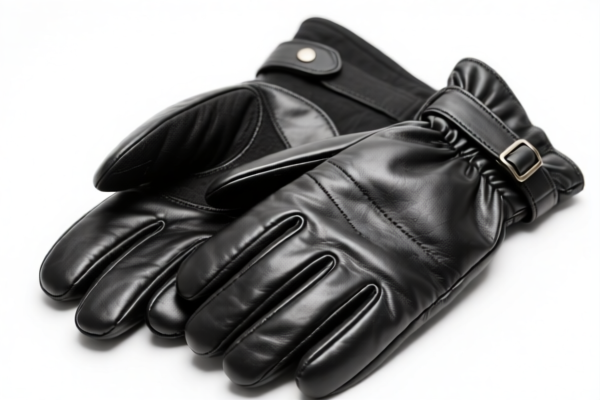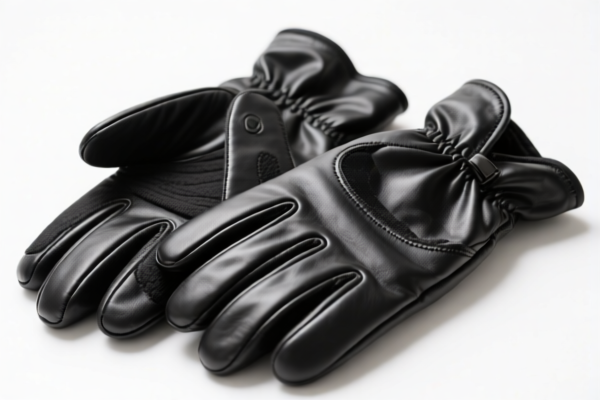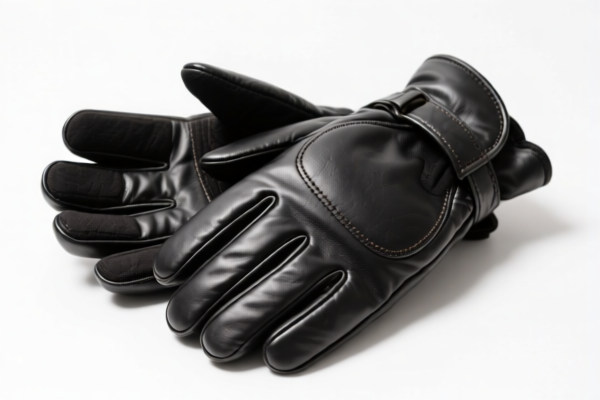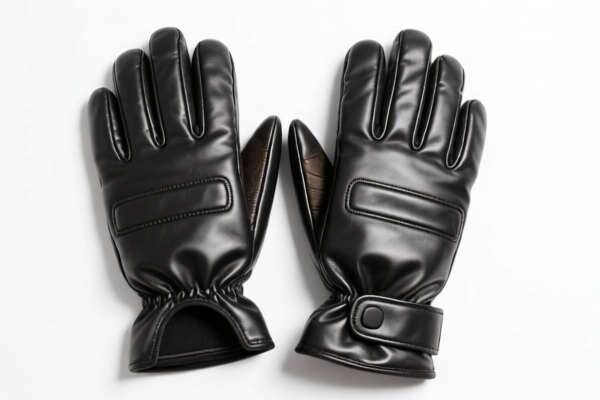| HS Code | Official Doc | Tariff Rate | Origin | Destination | Effective Date |
|---|---|---|---|---|---|
| 6401923000 | Doc | 37.5% | CN | US | 2025-05-12 |
| 6402120000 | Doc | 37.5% | CN | US | 2025-05-12 |
| 6402914230 | Doc | 50.0% | CN | US | 2025-05-12 |
| 3926201010 | Doc | 30.0% | CN | US | 2025-05-12 |
| 3926201020 | Doc | 30.0% | CN | US | 2025-05-12 |
| 6404119010 | Doc | 57.5% | CN | US | 2025-05-12 |
| 6404197915 | Doc | 90¢/pr. + 37.5%+37.5% | CN | US | 2025-05-12 |




Ski Clogs
Ski clogs are specialized footwear designed for cross-country skiing, bridging the gap between traditional ski boots and regular shoes. They offer a balance of comfort, warmth, and performance for specific skiing styles.
Material
- Upper: Typically constructed from synthetic materials like nylon, polyester, or a combination of leather and synthetics. These materials provide water resistance, durability, and breathability.
- Sole: Often made of plastic or rubber compounds, offering flexibility for walking and a secure grip on snow. Some models feature a dedicated Nordic sole pattern for improved traction.
- Insulation: Varying levels of insulation are incorporated, ranging from minimal for warmer conditions to more substantial synthetic insulation for colder temperatures.
- Bindings: Compatible with specific Nordic ski bindings, generally NNN (New Nordic Norm) or SNS (Salomon Nordic System).
Purpose
Ski clogs are primarily intended for:
- Classic Cross-Country Skiing: The most common application, providing efficient kick and glide.
- Skate Skiing: Certain models are designed specifically for skate skiing, featuring a stiffer sole and ankle support.
- Backcountry Skiing: Lightweight models are used for touring and off-trail skiing.
- General Nordic Use: Suitable for recreational skiing, fitness training, and everyday winter activities.
Function
- Flexibility: Unlike traditional alpine ski boots, ski clogs allow for a greater range of motion, facilitating a natural walking gait.
- Warmth: Provide insulation and protection from the cold and snow.
- Grip: Nordic sole patterns offer traction for both skiing and walking.
- Comfort: Generally more comfortable than traditional ski boots, especially for longer distances.
- Binding Compatibility: Designed to securely attach to Nordic ski bindings, enabling efficient power transfer.
Usage Scenarios
- Prepared Ski Trails: Ideal for groomed cross-country ski tracks.
- Backcountry Exploration: Lightweight models are suitable for off-trail skiing.
- Fitness Training: Used for cross-country skiing as a cardiovascular workout.
- Recreational Skiing: Suitable for leisurely skiing and enjoying winter landscapes.
- Everyday Winter Use: Some models can be used for walking and other winter activities.
Common Types
- Classic Ski Clogs: Feature a flexible sole and a lower cut for efficient kick and glide.
- Skate Ski Clogs: Have a stiffer sole and higher cut for increased ankle support and power transfer.
- Combi Ski Clogs: Versatile models suitable for both classic and skate skiing techniques.
- Backcountry Ski Clogs: Lightweight and durable models designed for off-trail touring.
- Racing Ski Clogs: Lightweight and aerodynamic models optimized for competitive skiing.
Ski clogs are footwear designed for skiing, typically combining the functionality of ski boots with the convenience of clogs. They are used in winter sports for downhill and cross-country skiing.
The following HS codes may be relevant based on the provided reference material:
-
6401923000: Waterproof footwear with outer soles and uppers of rubber or plastics, the uppers of which are neither fixed to the sole nor assembled by stitching, riveting, nailing, screwing, plugging or similar processes: Other footwear: Covering the ankle but not covering the knee: Ski-boots and snowboard boots.
- 64: Chapter 64 covers footwear, gaiters and the like; parts of such articles.
- 01: Heading 01 specifies waterproof footwear with rubber or plastics soles and uppers.
- 923000: Subheading 923000 further defines this as other footwear covering the ankle but not the knee, specifically ski-boots and snowboard boots. The base tariff is 0.0%, with an additional 7.5% surcharge, increasing to 30.0% after April 2, 2025, resulting in a total tariff of 37.5%.
-
6402120000: Other footwear with outer soles and uppers of rubber or plastics: Sports footwear: Ski-boots, cross-country ski footwear and snowboard boots.
- 64: Chapter 64 covers footwear, gaiters and the like; parts of such articles.
- 02: Heading 02 specifies other footwear with rubber or plastics soles and uppers.
- 120000: Subheading 120000 further defines this as sports footwear, specifically ski-boots, cross-country ski footwear and snowboard boots. The base tariff is 0.0%, with an additional 7.5% surcharge, increasing to 30.0% after April 2, 2025, resulting in a total tariff of 37.5%.
-
6404119010: Footwear with outer soles of rubber, plastics, leather or composition leather and uppers of textile materials: Footwear with outer soles of rubber or plastics: Sports footwear; tennis shoes, basketball shoes, gym shoes, training shoes and the like: Other: Valued over $12/pair For men: Ski boots, cross country ski footwear and snowboard boots.
- 64: Chapter 64 covers footwear, gaiters and the like; parts of such articles.
- 04: Heading 04 specifies footwear with rubber, plastics, leather or composition leather soles and textile uppers.
- 119010: Subheading 119010 further defines this as sports footwear with rubber or plastics soles, valued over $12/pair for men, specifically ski boots, cross-country ski footwear and snowboard boots. The base tariff is 20.0%, with an additional 7.5% surcharge, increasing to 30.0% after April 2, 2025, resulting in a total tariff of 57.5%.
It is important to determine the materials used in the construction of the ski clogs (rubber/plastic vs. textile uppers) and the value per pair to select the correct HS code.
Customer Reviews
No reviews yet.